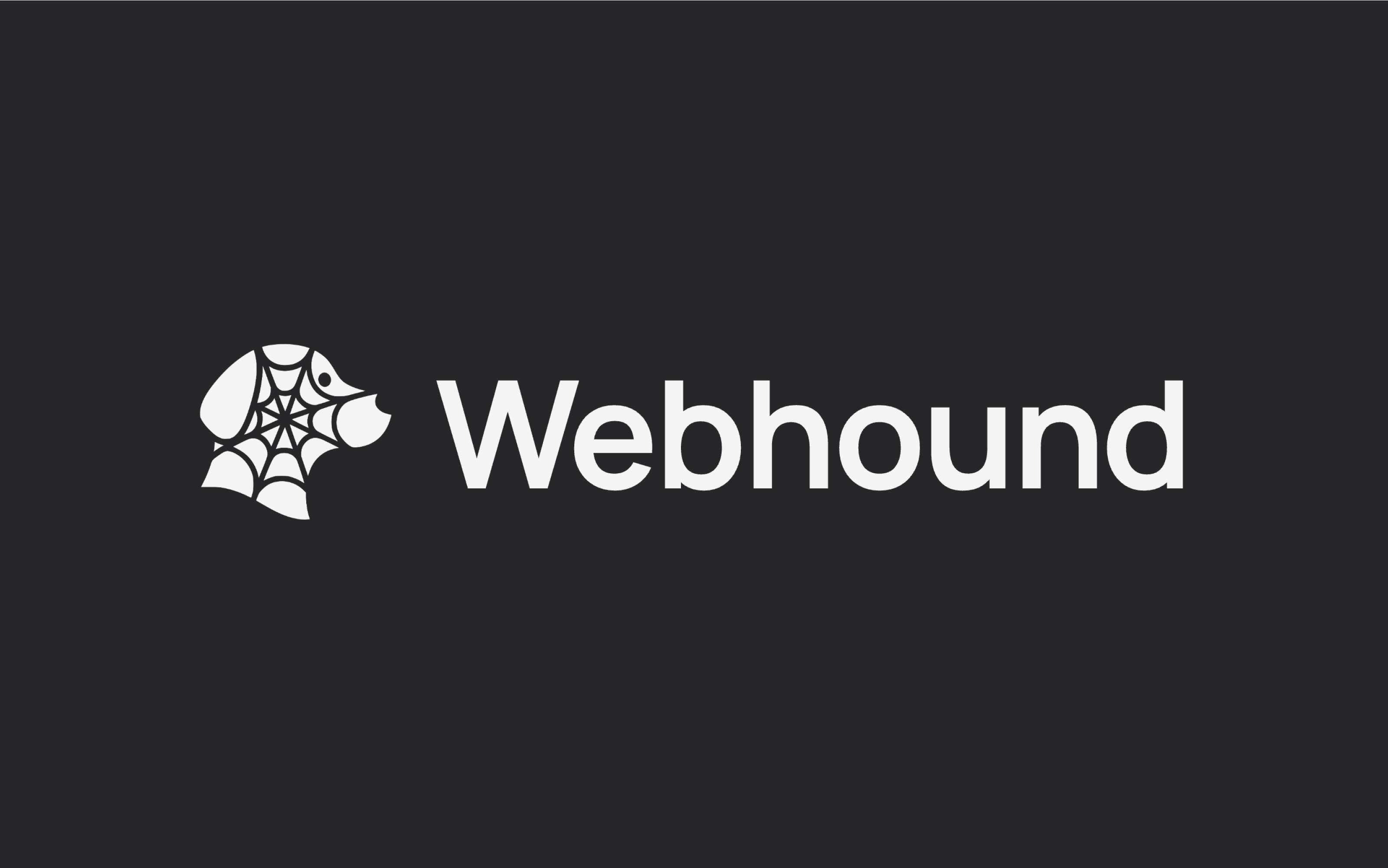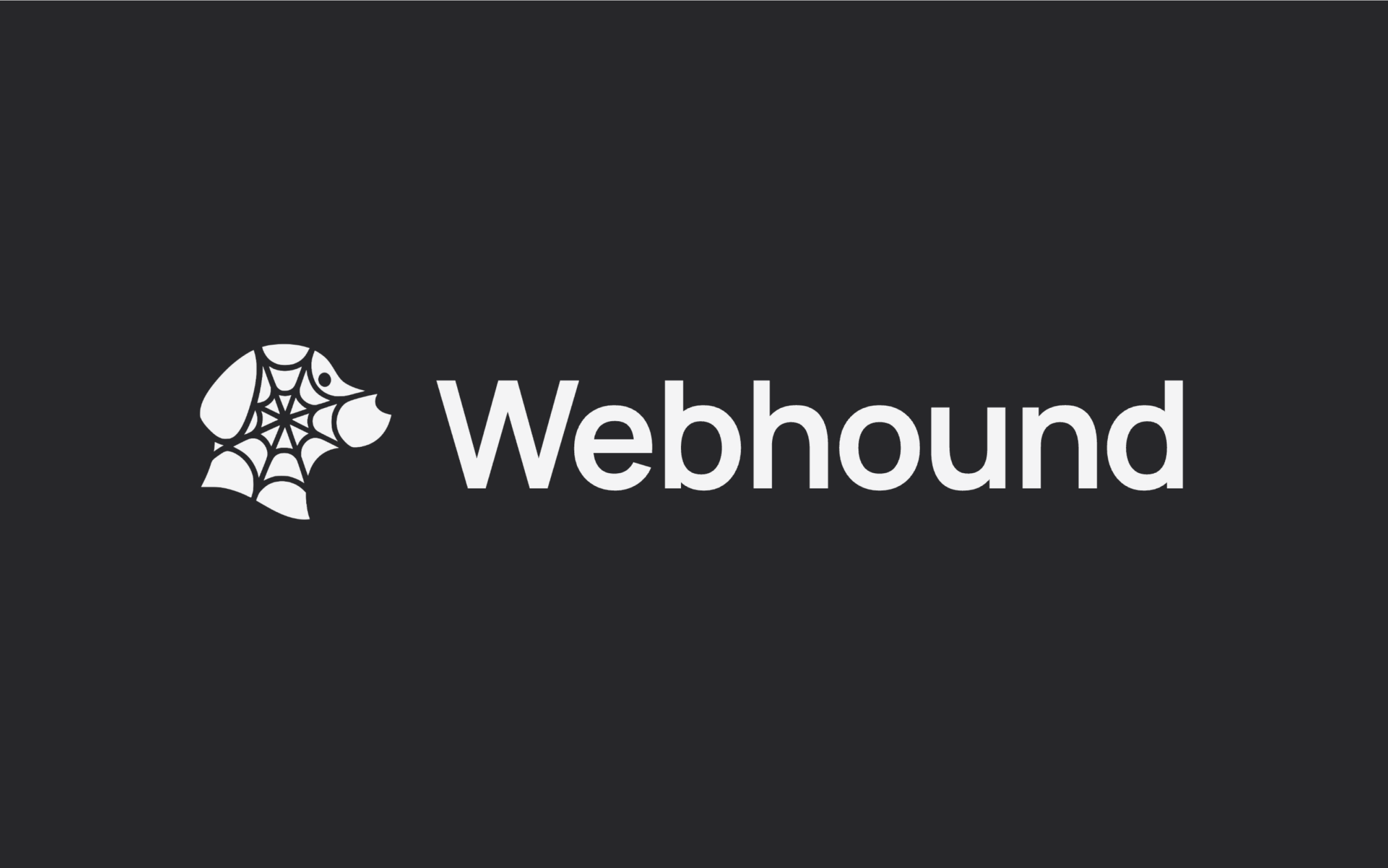
Table of Contents
Overview
In today’s data-driven landscape, gathering and organizing large volumes of web information remains a significant challenge. Manual scraping can take weeks, involve brittle scripts, and require constant maintenance. Webhound is an AI research agent that automates dataset creation from the web: you describe your desired data in plain English, and Webhound finds, extracts, and structures it into exportable datasets. This shifts your focus from data collection to insight generation.
Key Features
Webhound combines natural language processing with automated web scraping and data structuring to streamline dataset building:
- Natural language query input: Describe your data needs in simple English—no code or complex configuration required.
- Automated web scraping: Crawls public web pages, APIs, and search results to gather relevant information without manual scripting.
- Data normalization and cleaning: Applies built-in parsing rules to standardize formats (e.g., dates, currencies), remove duplicates, and handle pagination.
- Structured dataset output: Organizes raw data into tables with consistent columns, supporting hierarchical records when needed.
- Flexible export formats: Download results as CSV, JSON, or Excel (XLSX) for seamless integration with analysis tools and databases.
- Unlimited free plan: Access core functionality at no cost, with generous usage limits for individuals and small teams.
How It Works
- Define your dataset
Enter a prompt such as “List all AI startups founded since 2023 with headquarters, funding amounts, and key investors.” - AI-driven discovery
Webhound parses your query, identifies authoritative sources (e.g., Crunchbase, company websites, news articles), and schedules parallel data extractions. - Extraction and cleaning
The agent retrieves pages, follows links, handles multi-page tables, and applies parsing rules to normalize fields (e.g., converting “Series A: \$5M” into a numeric 5,000,000). - Dataset assembly
Cleaned records are merged into a structured table with predefined columns. You can preview and apply filters or enrichments (e.g., geocoding addresses). - Export
Download your dataset in CSV, JSON, or XLSX. Optionally, connect directly to Google Sheets or a SQL database via Webhound’s integrations.
Use Cases
Webhound’s flexibility makes it ideal for tasks where custom datasets are essential:
- Market research: Aggregate competitive intelligence, product pricing, and feature comparisons to inform strategy.
- Lead generation: Build contact lists filtered by industry, company size, or technology stack.
- Academic data gathering: Collect citation counts, publication metadata, and author affiliations for literature reviews.
- Competitive monitoring: Track changes in competitors’ offerings, pricing updates, or new feature rollouts.
- AI training datasets: Compile large-scale labeled data (e.g., URLs with meta-tags, product specifications) for machine learning projects.
Pros \& Cons
Advantages
- Time savings: Automates days or weeks of manual scraping in minutes.
- Highly customizable: Natural language prompts enable complex filters without coding.
- Zero-code integration: Export directly to common formats or cloud services.
Disadvantages
- Coverage limits: Public web pages must expose data; paywalled or deeply nested content may require manual review.
- Accuracy oversight: Automated extraction may mis-parse unusual formats—periodic human validation is recommended.
How Does It Compare?
Webhound distinguishes itself through natural language–driven, end-to-end dataset assembly and a generous free tier. Other solutions include:
- Diffbot: Offers high-precision page-structure APIs but focuses on enterprise-grade crawling and requires API key configuration rather than conversational prompts.
- Browse AI: Provides a straightforward point-and-click interface for simple scraping tasks but supports fewer export formats and has lower limits on free usage.
- Import.io: Delivers robust integrations (APIs, webhooks, scheduling) suited to large enterprises but comes with higher pricing and a steeper learning curve.
- ParseHub: Allows complex workflows via a visual selector but involves manual configuration and limited natural language support.
Webhound’s strength lies in combining conversational prompts, automated cleaning, and multi-format exports at no cost for individual users.
Final Thoughts
For researchers, marketers, and data scientists seeking to eliminate manual web scraping, Webhound offers a compelling, no-code solution. By translating plain-English requests into structured datasets, it accelerates insights, reduces errors from brittle scripts, and empowers teams to focus on analysis rather than collection. Whether for competitive intelligence, lead lists, or AI training data, Webhound democratizes custom data gathering with AI-driven efficiency.

